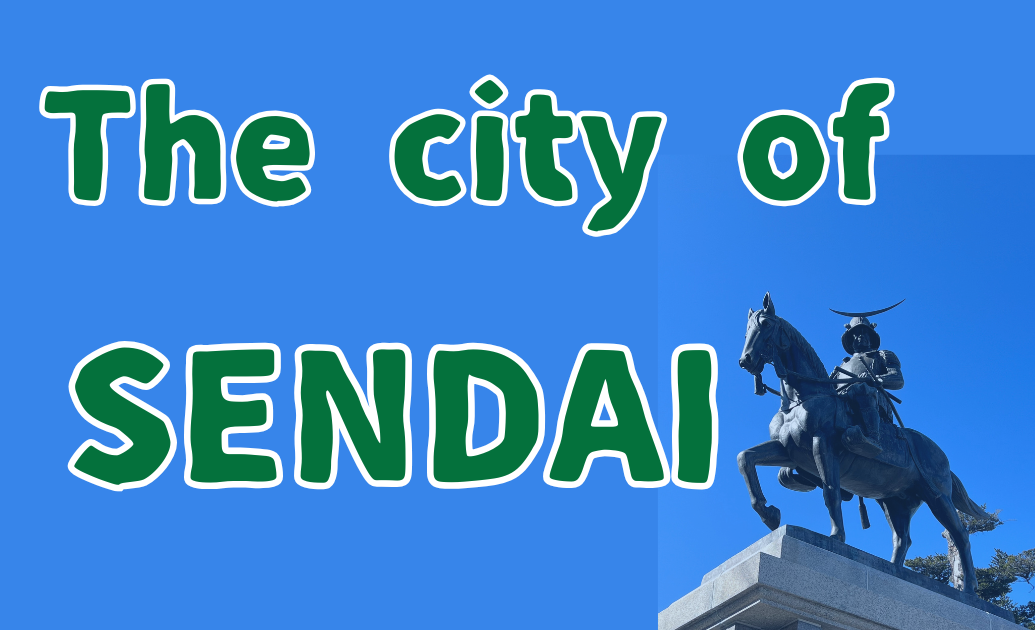Sendai is the largest city in the Tohoku region, offering a unique blend of history, culture, and nature. Unlike Tokyo, Sendai has a more relaxed atmosphere while still providing urban conveniences. It’s often called the “City of Trees” due to its lush greenery. Just 80 minutes from Tokyo by the Tohoku Shinkansen, Sendai is an accessible and must-visit destination.
In this guide, we’ll explore top attractions, must-try local food, seasonal festivals, and the best souvenirs to buy in Sendai.
The History of Sendai & the Date Family
The Legacy of Date Masamune
The history of Sendai is deeply intertwined with the Date family, one of Japan’s most powerful samurai clans. Date Masamune (1567–1636), known as the “One-Eyed Dragon,” founded Sendai in 1601 as a castle town. Under his leadership, the city flourished in trade, culture, and education.
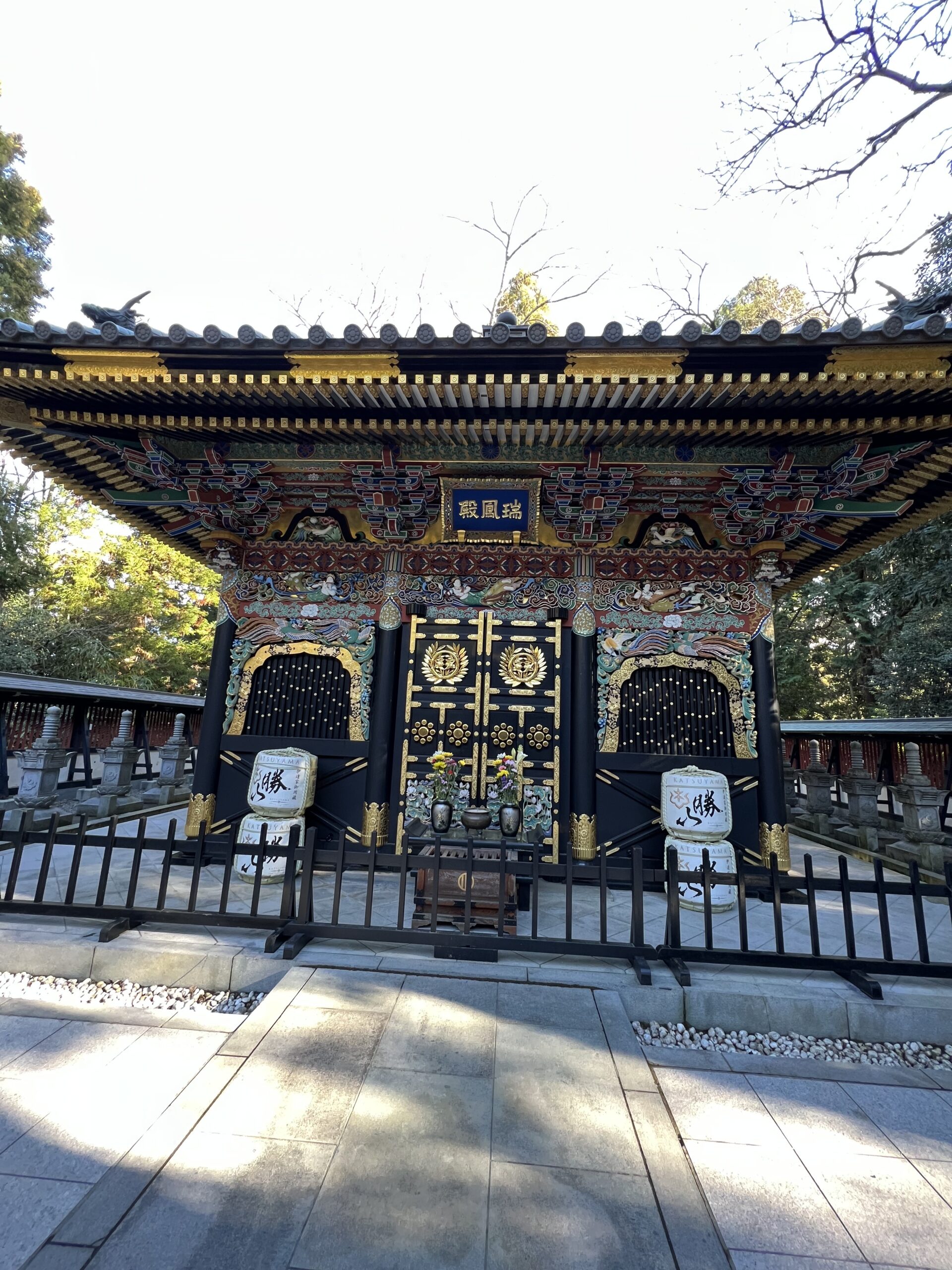
Even today, you can visit historical landmarks such as:
- Sendai Castle Ruins (Aoba Castle) – Offers panoramic city views.
- Zuihōden Mausoleum – The resting place of Date Masamune.
- Osaki Hachimangu Shrine – A historic shrine built by Masamune.
These spots offer a glimpse into the samurai heritage of Sendai.
Places to Visit in Sendai
1. Sendai Morning Market
Known as “Sendai’s Kitchen,” this bustling market is just a 5-minute walk from Sendai Station. It’s packed with fresh seafood, seasonal vegetables, and delicious local treats.
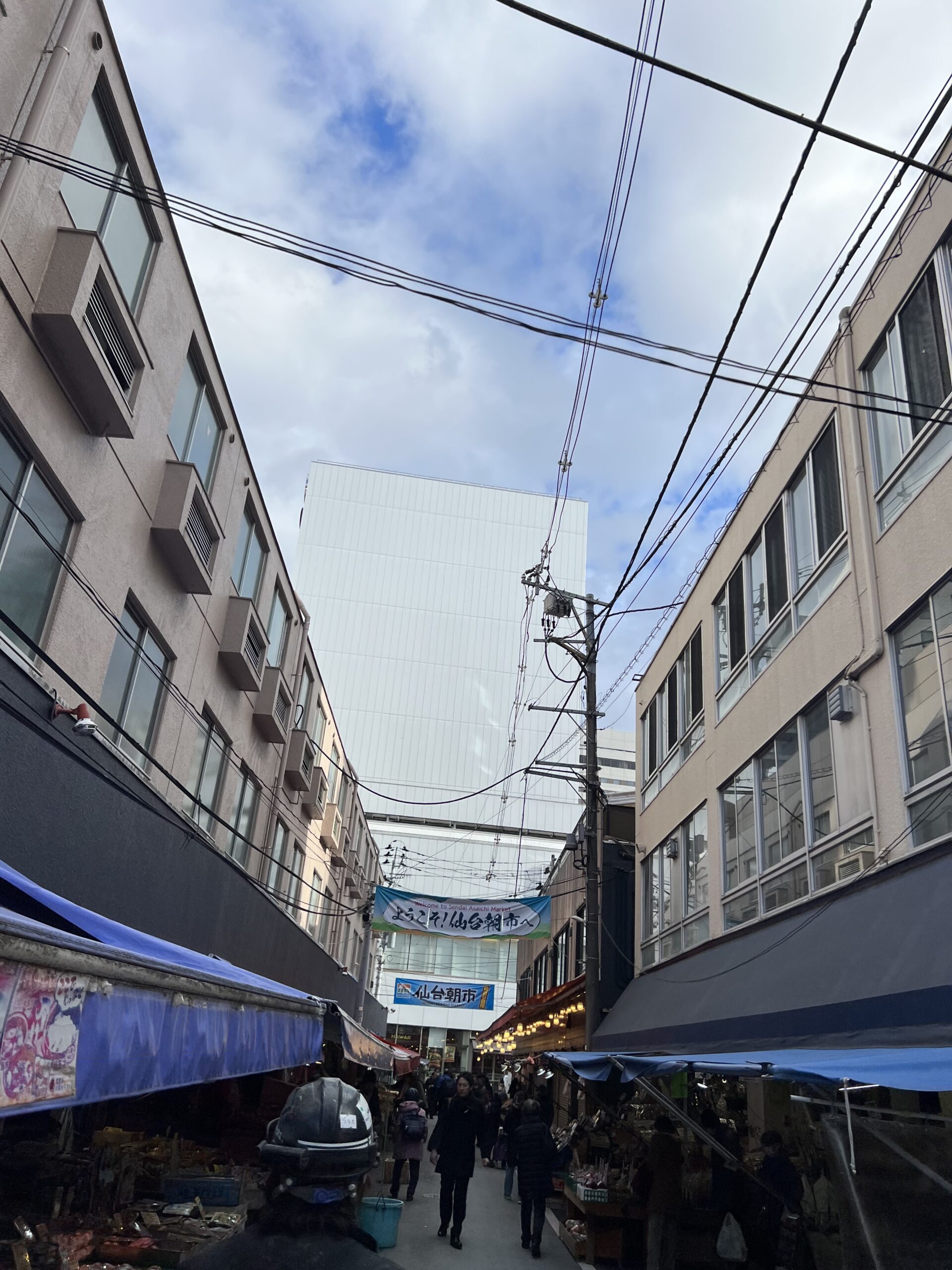
2. Akiu Onsen – A Relaxing Hot Spring Retreat
Located just 30 minutes from Sendai, Akiu Onsen is one of Japan’s top three imperial hot springs, known for its healing mineral-rich waters. Nearby attractions include:
- Akiu Great Falls – A breathtaking 55m waterfall.
- Rairaikyo Gorge – A scenic walking trail with stunning rock formations.
3. Loople Sendai Bus (Tourist-Friendly Transport)
The Loople Sendai is a circular bus that connects major attractions. While convenient, it can be extremely crowded, so consider using local buses or taxis for a more comfortable trip.
Must-Try Food in Sendai
1. Gyutan (Grilled Beef Tongue)
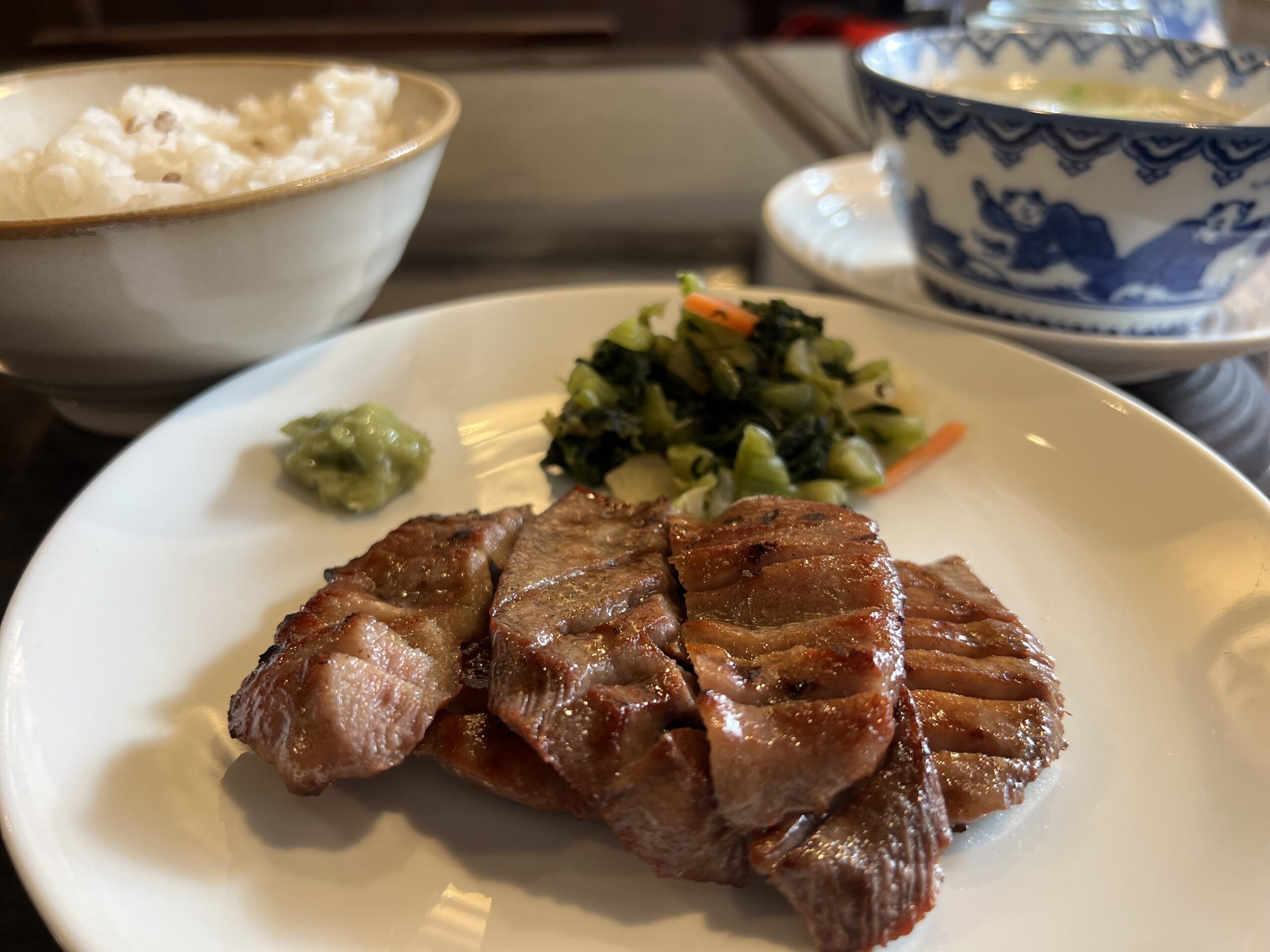
A Sendai specialty, gyutan is grilled to perfection and served with barley rice, tail soup, and pickled vegetables. You’ll find gyutan specialty restaurants across the city, making it a must-try dish.
2. Zunda Shake – A Unique Sweet Treat
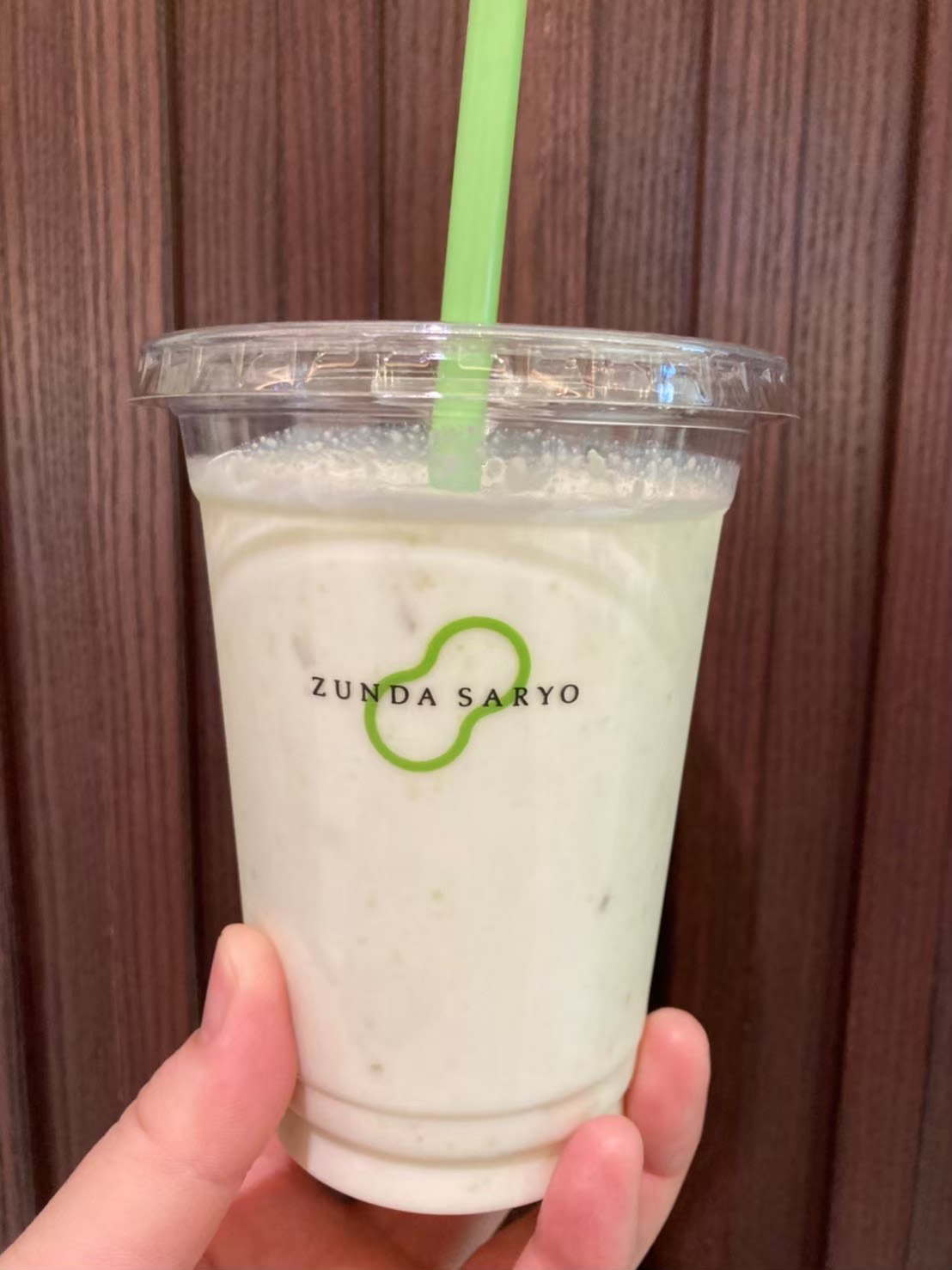
A creamy vanilla milkshake blended with zunda (sweetened mashed edamame), this drink is a local favorite and can be found at Zunda Saryo stores in Sendai.
3. Sasakama (Fish Cake Snack)
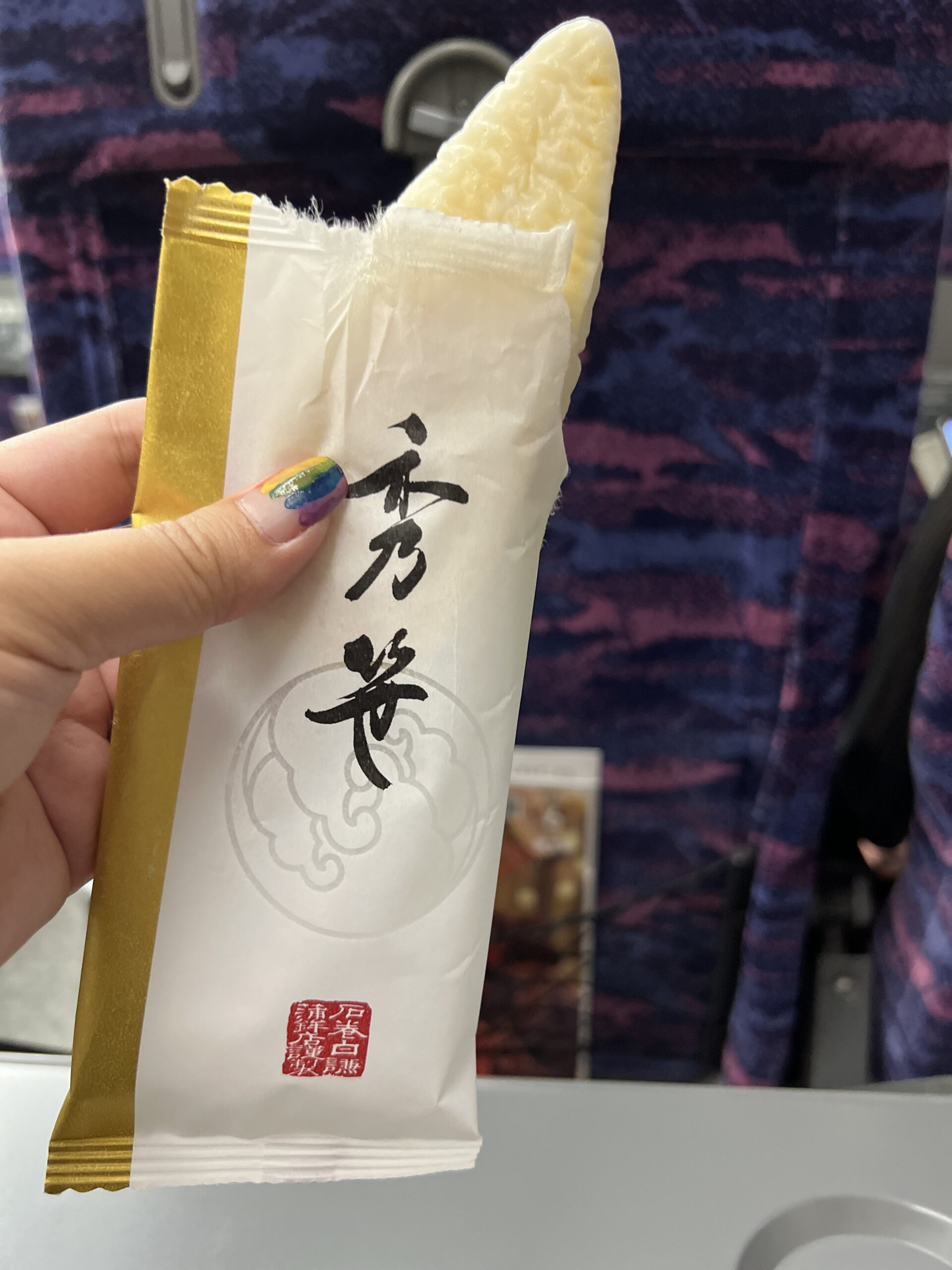
A famous Sendai souvenir, sasakama is a bamboo-leaf-shaped grilled fish cake. You can even try grilling it yourself at specialty shops!
Sendai’s Best Festivals & Seasonal Events
Sendai Tanabata Festival (August 6–8)
One of Japan’s largest Tanabata festivals, this event features colorful streamers, traditional performances, and a massive fireworks display on August 5th.
Sendai Pageant of Starlight (December)
Held along Jozenji-dori Avenue, this winter illumination event features thousands of LED lights creating a magical atmosphere, perfect for holiday strolls and photos.
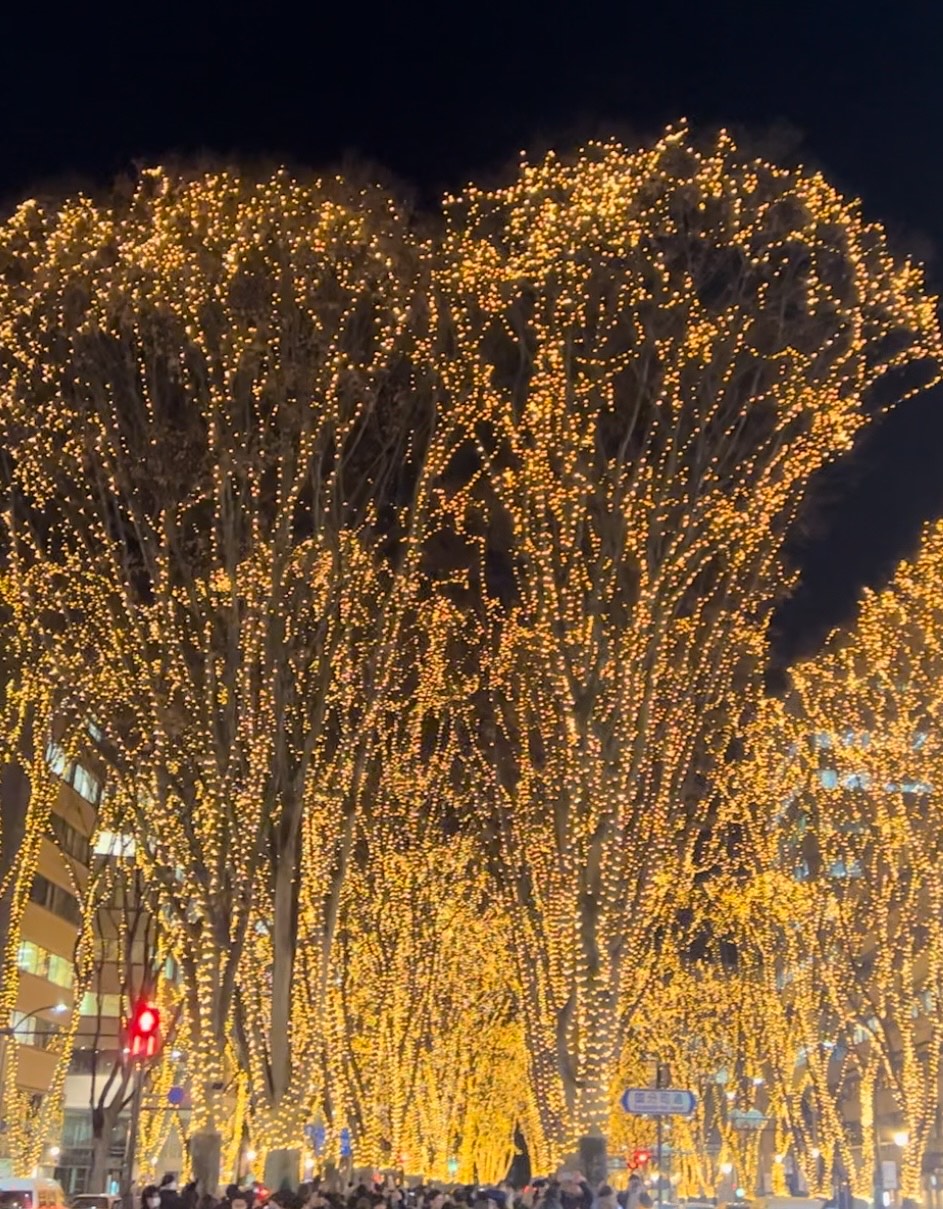
Best Souvenirs to Buy in Sendai
1. Hagi no Tsuki – A Soft Custard Cake
This popular Sendai confection is a fluffy sponge cake filled with rich custard, inspired by the moonlit bush clovers of the region.
2. Kikufuku – Cream-Filled Mochi
A soft mochi (rice cake) filled with whipped cream and sweet bean paste. Available in flavors like matcha and zunda, it’s a must-buy sweet souvenir!
Why I Love Sendai
Although I was born and raised in Tokyo, Sendai feels like a second hometown to me. It has the perfect mix of urban life, history, and nature. Whether it’s the relaxing hot springs, delicious gyutan, or vibrant Tanabata Festival, I keep coming back to this incredible city.
If you’re planning a trip to Japan’s Tohoku region, Sendai should be at the top of your list!
Plan Your Trip to Sendai Today!
With its rich samurai history, delicious food, beautiful nature, and exciting festivals, Sendai is a must-visit destination in Japan. Whether you’re a history buff, foodie, or nature lover, this city has something for everyone.
🚄 Easily accessible from Tokyo by Shinkansen in just 80 minutes!
📌 Don’t forget to try gyutan, visit Akiu Onsen, and experience the Sendai Tanabata Festival!

